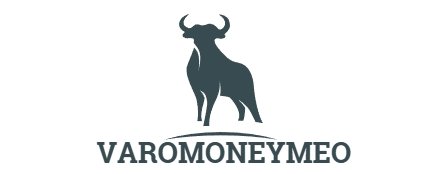
Before the pandemic took the world by storm, the banking sector seemingly set out rigorous plans regarding the future of work. However, these pre-existing ideas quickly faded and led to a scramble for businesses because they searched for to adapt themselves for any new phenomenon, hybrid working.
It is a combination of remote and office-based working that has arisen in prominence throughout recent years. The hybrid model gives workforces flexibility, combining the organisation of the office environment along with the convenience of homeworking.
With hybrid working appearing like the brand new normal, businesses operating in the financial sector must now focus on optimising productivity, employee engagement, and organisational agility, amongst other activities.
A>
The next layer of hybrid data institutions must collect to make informed decisions about their workforce concentrates on time. Specifically, organizations should have no shocks of the items time is available to do the work and just how that compares to time required to complete the job. It looks at just how an employee balances the particular task and commitments they’re responsible for within a morning. Ultimately, it allows managers to make sure that employees are doing the optimal level of work for time they've.
- Work –
These insights into hybrid workforce data allow managers and employees to understand more about performance and wellbeing metrics at all or any work locations. Equipped with this data, banks could make decisions about specific employees or types of work or tasks to become completed in work or at home and make practical efforts to harmonize the total amount of work for the greater good of both employee and customer experience.
Decision-making should be ‘data powered’ in a hybrid world.
The challenges of hybrid remote working saw banking institutions unprepared for the new normal. They hadn’t place the systems in place or developed the skills essential to support it. However nowadays, those organisations now have an opportunity to capture essential data, analyse it, and set it to good use not just for his or her employees and customers as well as the future success and competitiveness from the business.
Implementing seamless data capture in the reason for work, regardless of where the work is performed, opens insights and analysis to lead large-scale operations in to the realm of the Hybrid Workplace. Flexible and agile workforce management will be the new competitive advantage.


